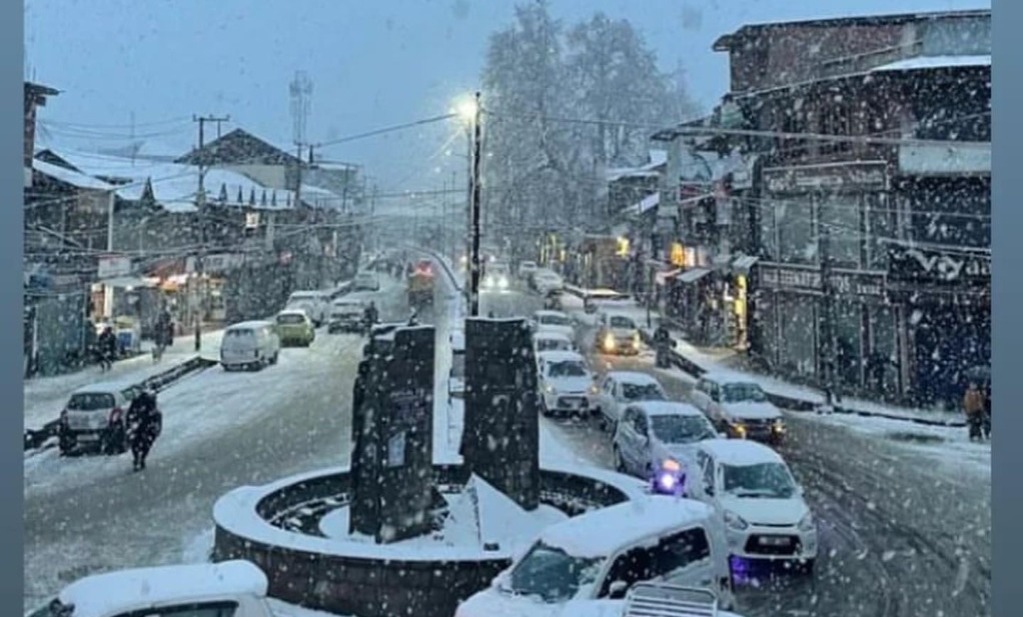The Jammu Kashmir admin and UT of Ladakh has approved a hike of 17.29 % increase in the average power tariff ‘ in the region.
The new power tariff, as per the Joint Electricity Regulatory Commission (JERC), which has been revised after 2016-17, will be effective from October Ist, 2022 in the Jammu Kashmir, according to a report by Daily Excelsior.
Jammu Kashmir admin has also approved the hike for various categories right from BPL to the domestic, commercial and heavy Industry.
According to an official spokesman, the average overall nominal increase over the previous tariff, which was last revised in 2016–17, is only about 8% for some segments, while the inflation rate in the same period is 24% (the CPI Combined: All India General Index (All Groups) has increased from 131.1 in April 2017 to 162.5 in July 2022). Therefore, it is safe to say that there is an effective decrease in tariff of 16%. (adjusted for inflation). According to the spokesman, J&K’s new updated power rate is far less expensive than those in Delhi, Punjab, Haryana, and Rajasthan.
The new electricity tariff has been created in a way that will cause the public the least amount of difficulty while also safeguarding the interests of the domestic, commercial, agricultural, and industrial sectors, the commission’s order read.
The Commission decided to offer two price structures: a full cost tariff that does not take into account the government grant-in-aid that the JPDCL/KPDCL received in the amount of Rs. 2116.14 crores, and a subsidized tariff that does take into account the grant-in-aid.
The difference was calculated to be worth Rs 2703.09 crore with the current rate, and with the grant-in-aid support, it was reduced to Rs 606.95 crores. The Commission has consequently estimated the revenue objective following tariff modification to be Rs 4116.39 crores.
An official order read, average overall nominal increase over the previous tariff last revised in 2016-17 is hardly 8% for some segments, whereas the inflation rate in the corresponding period is 24% (the CPI Combined: All India General Index (All Groups) has risen from 131.1 in April 2017 to 162.5 in July 2022), thus it being safe to say that there is an effective decrease in tariff by 16% (adjusted for inflation). The new revised power tariff in J&K is much lower as compared to Delhi, Punjab, Haryana and Rajasthan, the spokesman added.
The order states that “the rates for Below Poverty Line consumers have been kept unchanged at Rs 1.25 for up to 30 units per month while as for domestic category consumers, the rate will be Rs 2 per unit for up to 200 units per month, almost unchanged from before, the rate will be Rs 3.50 per unit for 200 to 400 units per month, an increase of 6% in 5 years, and the rate will be Rs 3.80 per unit for more than 400 units per month, an increase of 8% in 5 years.”
In the Commercial category, the rate for single phase connections will be Rs 3.10 per unit for usage up to 200 units per month, Rs 4.70 per unit for usage 200 to 500 units per month (an increase of 9% in 5 years), Rs 5.10 per unit for usage greater than 500 units per month, and Rs 4.70 per unit for usage of three phases at any usage.
In the Agricultural sector, the charges have been rationalised at Rs 0.80 per unit for connections upto 10 HP, Rs 1.00 per unit for connections from 10 to 20 HP and Rs 5.25 per unit for larger connections beyond 20 HP. The fixed charges have been rationalised at Rs 30 per HP per month for all connections. The rate structure has only been simplified as the increase in agriculture category has been minimal.
The prices have been rationalised to Rs 3.65 per KVAH and a fixed charge of Rs 60 per KVA for connections under 100 kW in the LT Industry category, representing an overall rise of nearly 11% in five years. According to a government notification, a special category known as LTIS-II will be available for connections that are less than 15 HP to certain small businesses that qualify for a discount. The fixed prices for this category will be Rs 30 per KVA per month.
For connections at 11 kV, 33 kV, and 66 kV, respectively, the fees will be Rs. 3.60, Rs. 3.50, and Rs. 3.44 per KVAh, while the fixed fees will be Rs. 175 per kVA per month for all connections under the HT Industry category. With a view to encouraging industrial investments, the increase of roughly 22% over five years is much less than any other state in the nation and is less than the inflation increase of 24%.
In the HT Power Intensive Industry category, the fixed costs will be Rs 225 per kVA per month for all connections, representing an increase of roughly 21% over the course of five years. The charges will be Rs 4.35, Rs 4.30, and Rs 4.23 per KVAh for 11 kV, 33 KV, and 66 KV connections, respectively.
